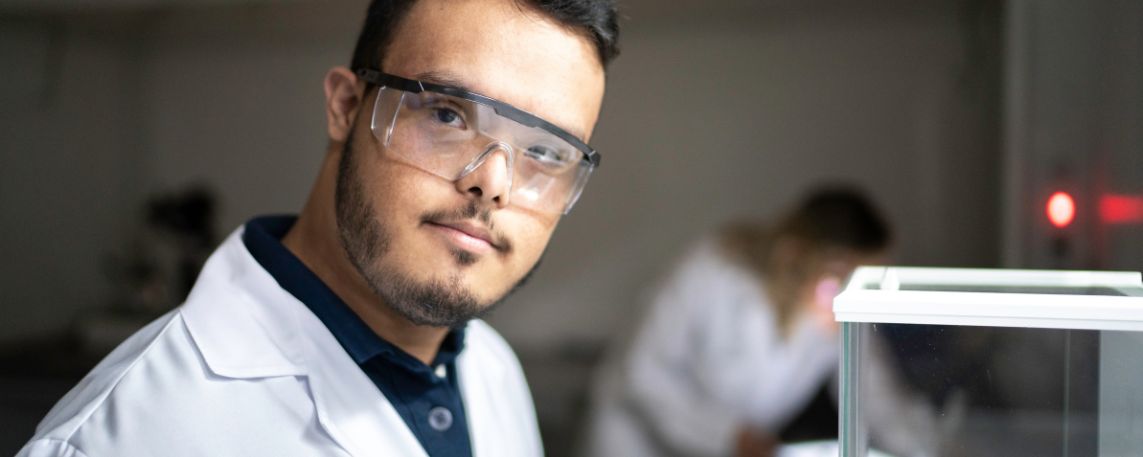A term we’re used to hearing from businesses is that they are fully accessible. When we ask what they determine fully accessible to mean is subject to their own perception. It is definitely a topic where businesses often think they may be ahead of the game, when in reality, the facilities they provide are probably the minimum requirements.
It is important to remember that every individual, and people with the same medical conditions all have different access requirements, we prefer this term to needs as this can be somewhat derogative, even more so when preceded by the word special. That topic is for another blog though!
So what does fully accessible mean? Is it a myth? The simple answer to that, from our perspective would be yes, it’s probably a little bit of a myth. It’s a term that certainly doesn’t help disabled people. For starters, when a business states they’re fully accessible, you have to think who they are accessible to?
There is no blanket solution to access for disabled people, it’s not something that just one improvement can make. A common misconception we have encountered frequently is that many businesses believe they are fully accessible if they have a step-free entrance and an accessible toilet facility, the reality is there are many other factors to consider.
The provision of an accessible toilet facility is an essential requirement. We have encountered several instances where the accessible toilet facility would not be suitable for other disabled people, due to the size and space. There is more than just physical access to consider before a venue can be inclusive and welcoming to disabled people, other aspects to consider can include lighting, noise, signage, height of counters, printed information in alternative formats, weight of doors and flooring to name just a few.
As a 40-something year old disabled person. I have been a wheelchair user since my early teens and I very much doubt that society will be fully inclusive in my lifetime. To me, it is disappointing that in modern day Britian there is still a long, long way to go to make our society more inclusive and welcoming to disabled people. It would be difficult, if not impossible to list all of the accessibility requirements for every disabled person and this is why the term fully inclusive is a bit of a myth.
All businesses can and should strive to be as accessible, inclusive and welcoming to disabled people as they possibly can, would this make them fully inclusive? Almost certainly not.
Society has come a long way though, and many places and businesses are more inclusive and accessible, and it is important we recognise this. It is also important to realise things could be better and this is what all businesses and venues should be striving towards.
On a Final Note
The Accessible Guide was founded and is managed by disabled people with lived experiences of exclusion. We are here to support businesses to remain or become more accessible, inclusive and welcoming to disabled people. We believe it is important to work in collaboration with businesses, this can often lead to potential barriers to inclusion being identified and removed before they become an obstacle. If you require any support to ensure your venue, business or service is as accessible as it possibly can be, then please get in touch.


